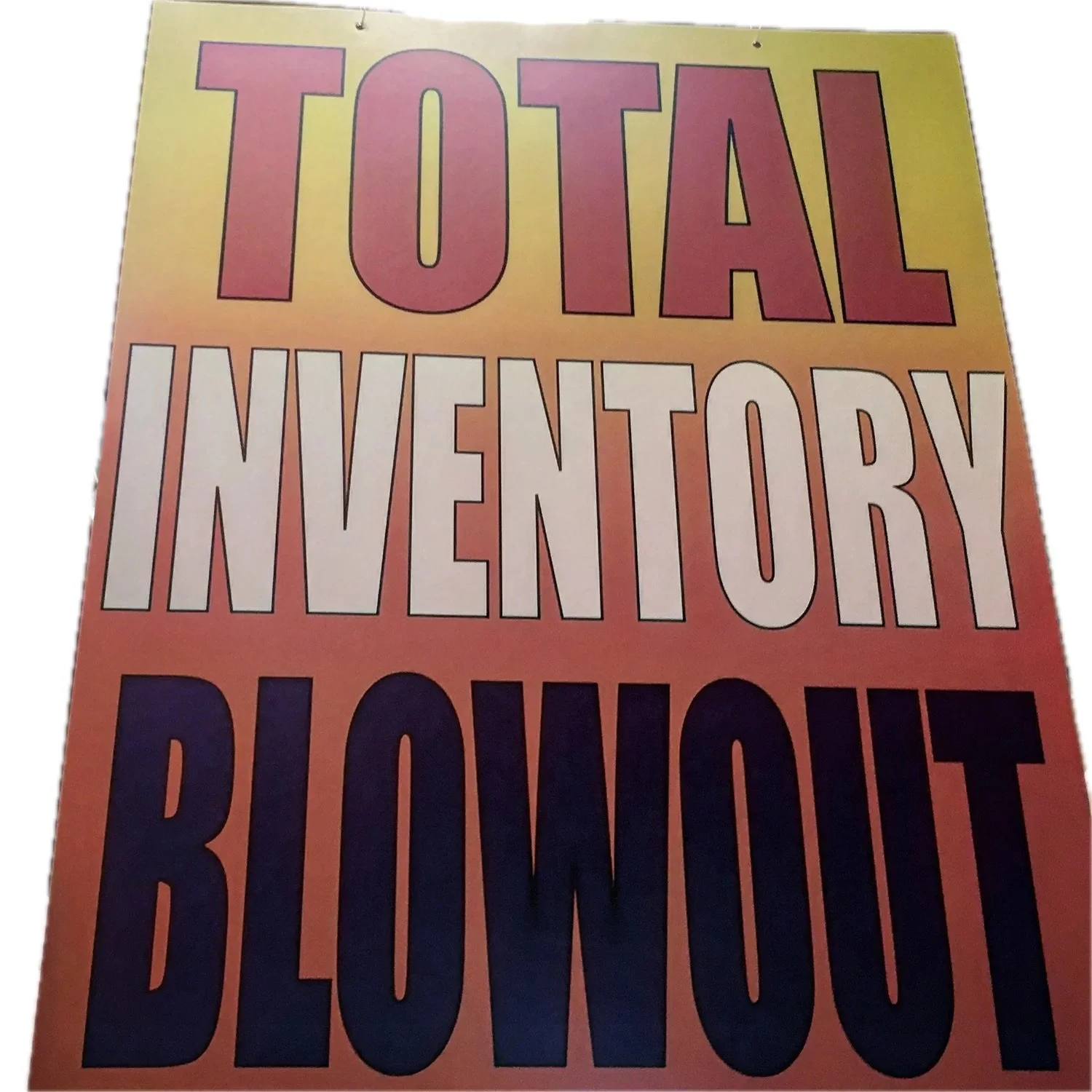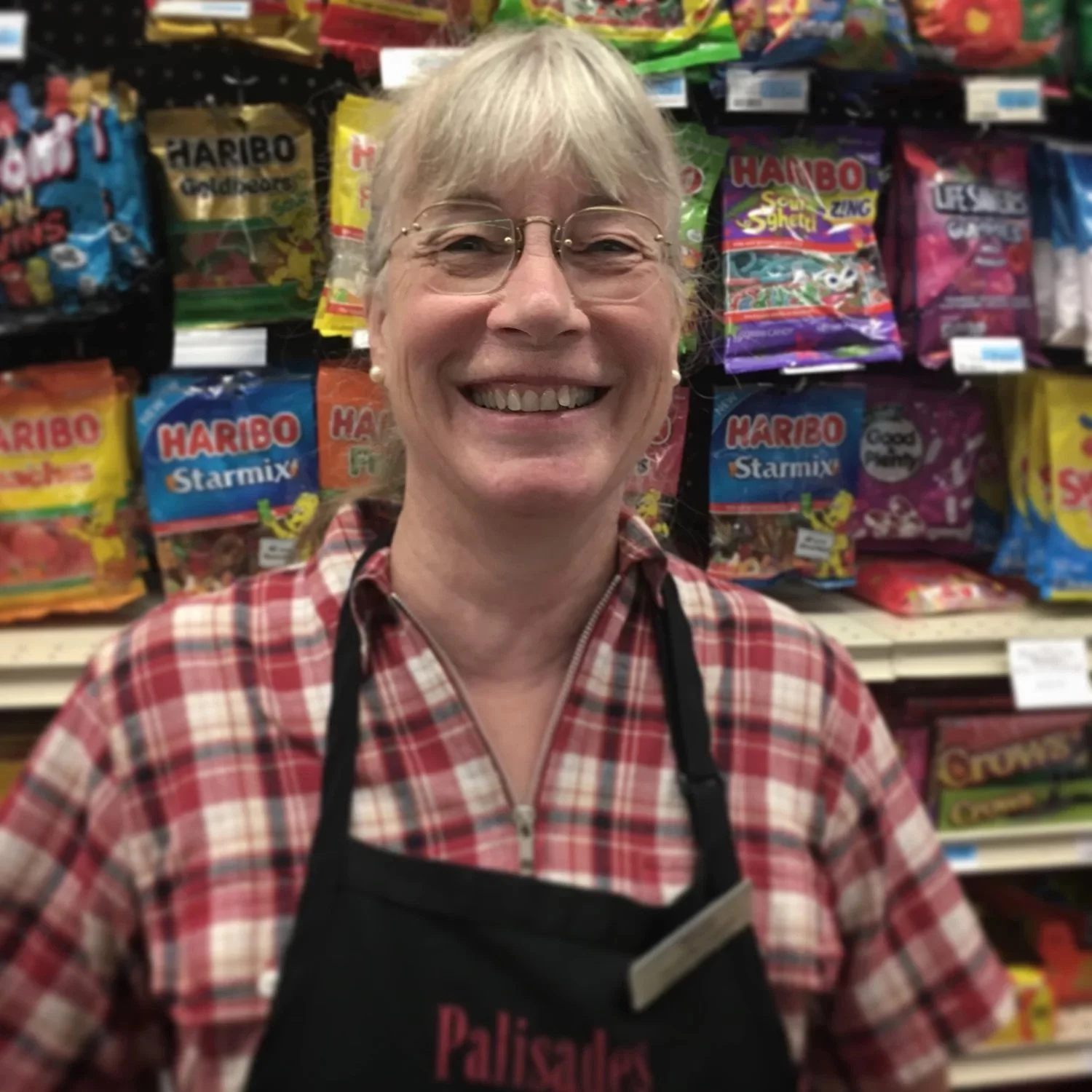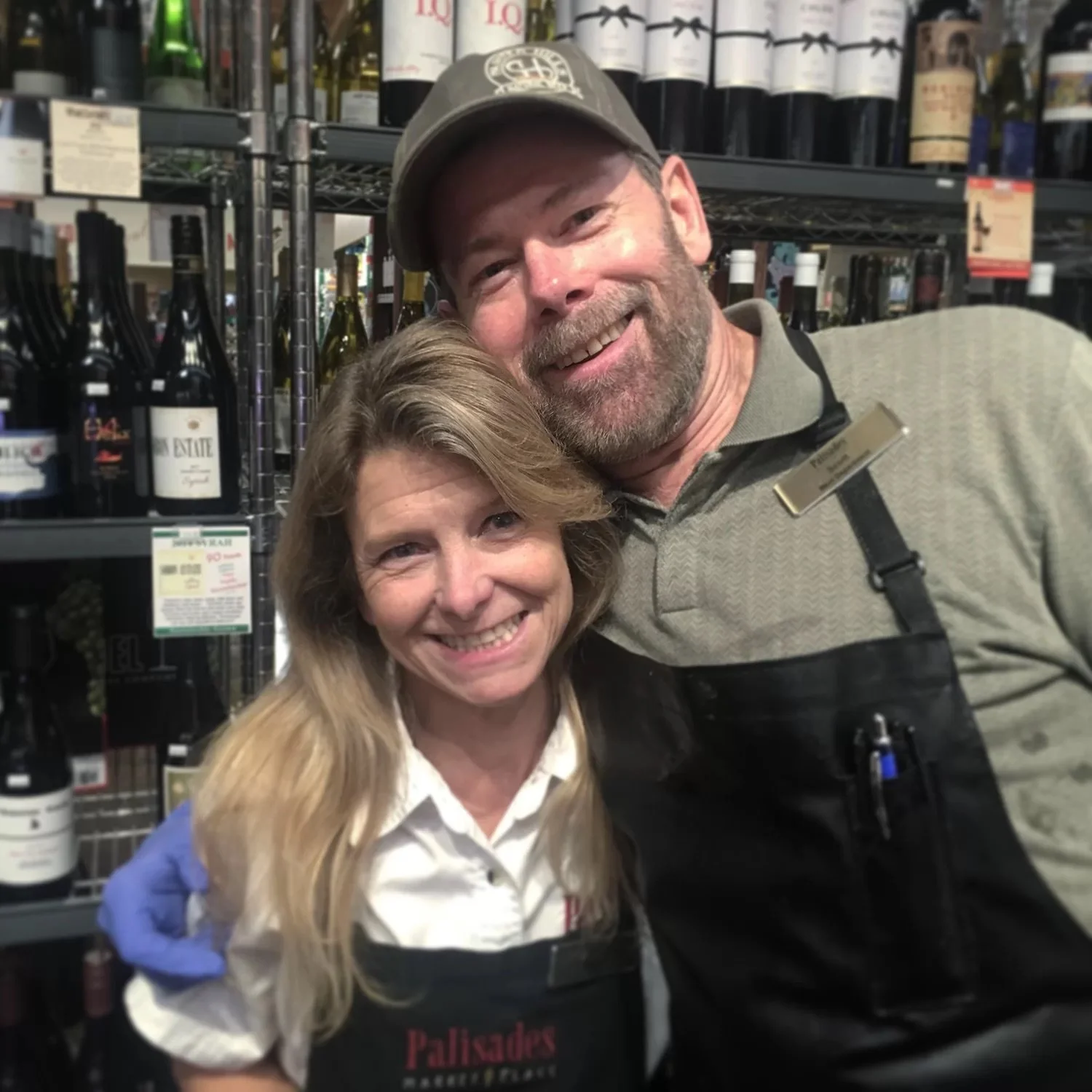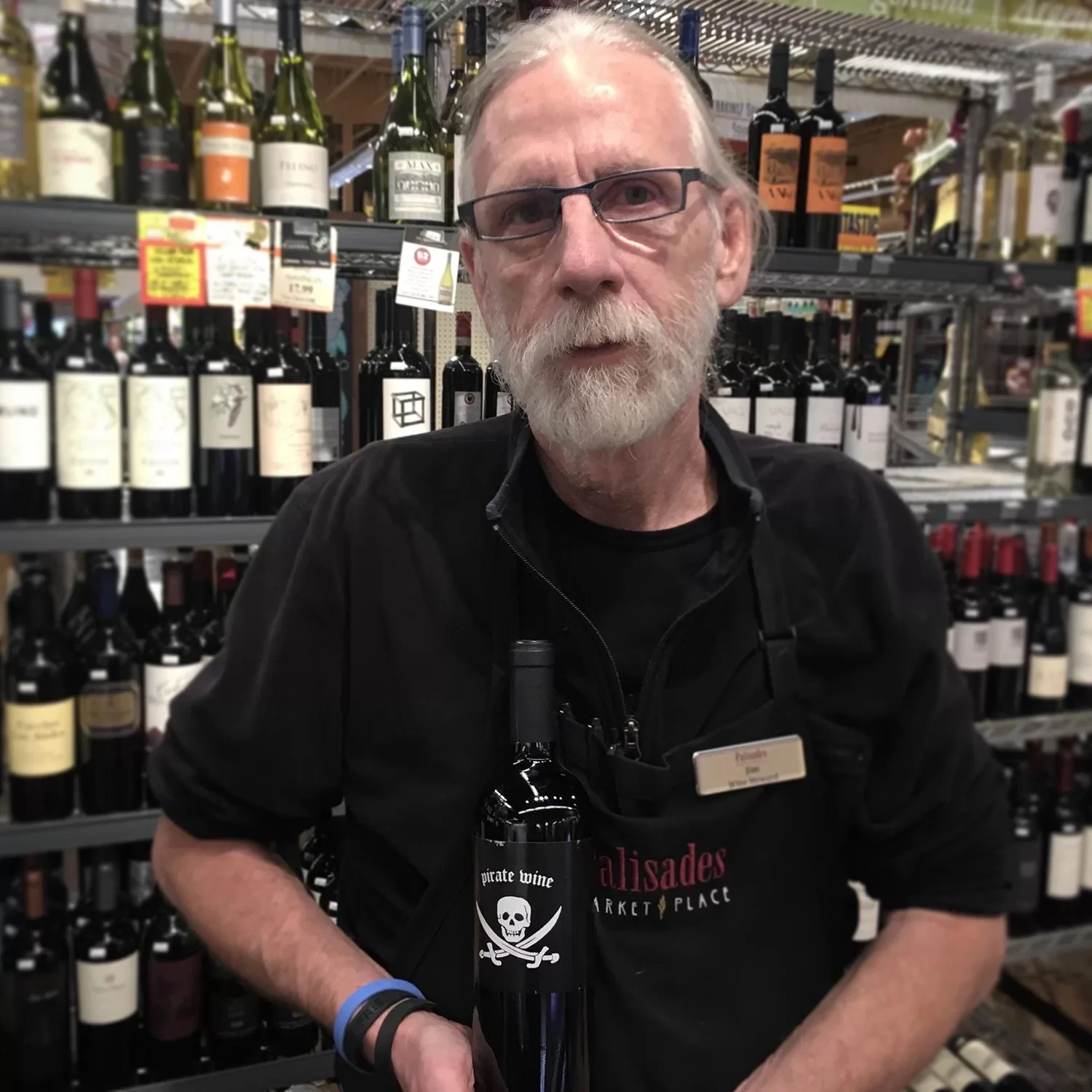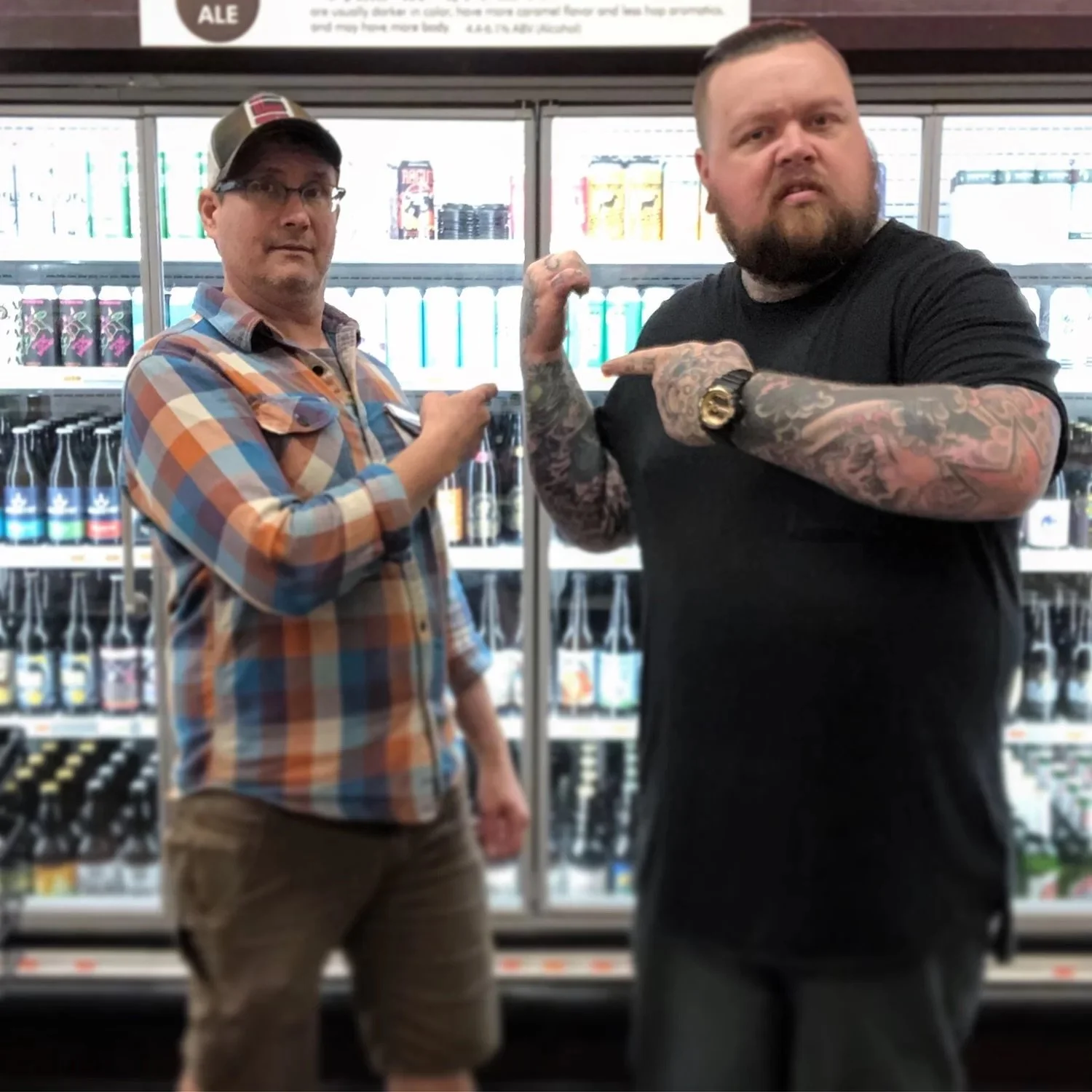TOTAL INVENTORY BLOWOUT
LOW MORALE AND EMPTY SHELVES
THE STORE WAS SLOW, AND MORALE WAS DOWN. Way down. Whole swathes of shelves in the empty aisles were barren, sometimes stretching one lone item—perhaps an obscure barbecue sauce or an off-brand package of instant noodles—one or two deep by thirty wide. As effective as a bad combover. Bills were clearly not being paid. There were days when entire departments had no staff. “Is there anyone in the bakery?” “Um, no. Let me page a manager.”
A few years back I had the unfortunate experience of witnessing this first hand, when I worked at a locally-owned chain of modest-sized grocery stores [themselves a smaller consolidation of a former, pre-Walmart, independent grocery empire] that was slowly imploding. At the first of two stores I ostensibly operated a painfully slow beer-growler station, but mostly I just faced wine bottles, grazed on free samples, and watched whatever was interesting on cable TV, as the store’s only television was at my “bar.” Not surprisingly, there were lots of sports on. Anything Blazers, Ducks, or Beavers and sometimes I might even have a customer—more often than not a high-strung courtesy clerk called Dave would sometimes hover around, who I think may have been gambling on the games. Other times there would be Food Channel shows, or the occasional episode of Friends or whatever, albeit with no sound.
Just before that ship sank, I was transferred to a sister store that was still hanging on and took on ordering for the entire beer department, which had been overseen by a stretched-thin grocery manager. He’d been fully at the whim of distributors, who wrote their orders. I found years-old beer hidden in nooks and crannies in the back room. A few bottles had aged wonderfully, including a 3-year-old bottle of lambic-style Oude Kriek from pFriem. I sorted returnable cans and bottles. I threw freight, and faced, and rotated. I even did a little checking. The store was running at maybe just under half of what a store of its size should be staffed at, so we all wore many hats.
More can be read about my experience in grocery in KITCHEN TABLE #2: THE MARKET ISSUE.
WHEN EVERYBODY KNEW EVERYBODY
I’D ONLY BEEN THERE FOR A FEW MONTHS, but it was apparent that not only had most of the staff worked together and known each other for many years, so too had much of the regular customer base. Everybody knew everybody. Like a family that you only see in the movies. Things were getting bad. After too many bounced checks, our largest beer distributor stopped working with us, and from that point forward no Coors Light was to be found for blocks around. On the day, department managers were stuffed into the conference room for our weekly meeting, nibbling cheese curds and sipping sample-sized cups of pink wine, when management dropped the bomb.
We all knew it was coming, and yet many old-timers were in a collective state of wishful thinking that some miracle might prevent the inevitable. Who can blame them? I’ll never forget the look on the face of one, who was less than one year away from retirement. He was visibly crushed, despondent. Ageism especially takes a toll on people over fifty. Where would they go and find work with their knowledge and skillset, that a pimply-faced teenager wouldn’t do for half the wage, qualifications be damned?
Welcome to the gig economy. It was a real drag, watching as careers were tossed aside and lives thrown out of balance. How and why does this happen? Sure, life is shades of grey; the ownership frame of thought was decidedly old-school and hierarchical, even as older retail models failed over and again, and was clueless about current trends or User Experience philosophy. So, granted, there’s that.
MEGASTORES, CHEAP PRICES, AND THE DEATH OF MOM & POPS
THE REAL DAMAGE TO INDEPENDENT RETAIL is inflicted when corporate-owned megastores move into town offering cheaper prices to consumers while operating at a loss, then gobble up the mom & pops as they expire, past their shelf-life according to the rules of capitalism. A textbook race to the bottom. And some people dare to call grocery wage-earners “essential?” Hardly. Who benefits? Why, the rich, of course. The system is rotten to the core.
The greatest loss, besides peoples’ jobs, of course, is that a vast wealth of institutional knowledge vanishes from the community. Customers lose a reserve of product knowledge and neighborhood history that can’t be replaced on the fly, especially amid a pandemic. Expertise is supplanted by expendability. These are some of the people I worked with. Each employee told me how long they’d been at this particular store, and some offered up extended bits & pieces of their overall career in food and grocery. Between thirteen people, they shared 197 years of combined institutional knowledge at this store alone. No Amazon-owned Whole Foods will ever know a situation like this, even with triple the number of employees, where churn is the norm.
Eat the rich!

